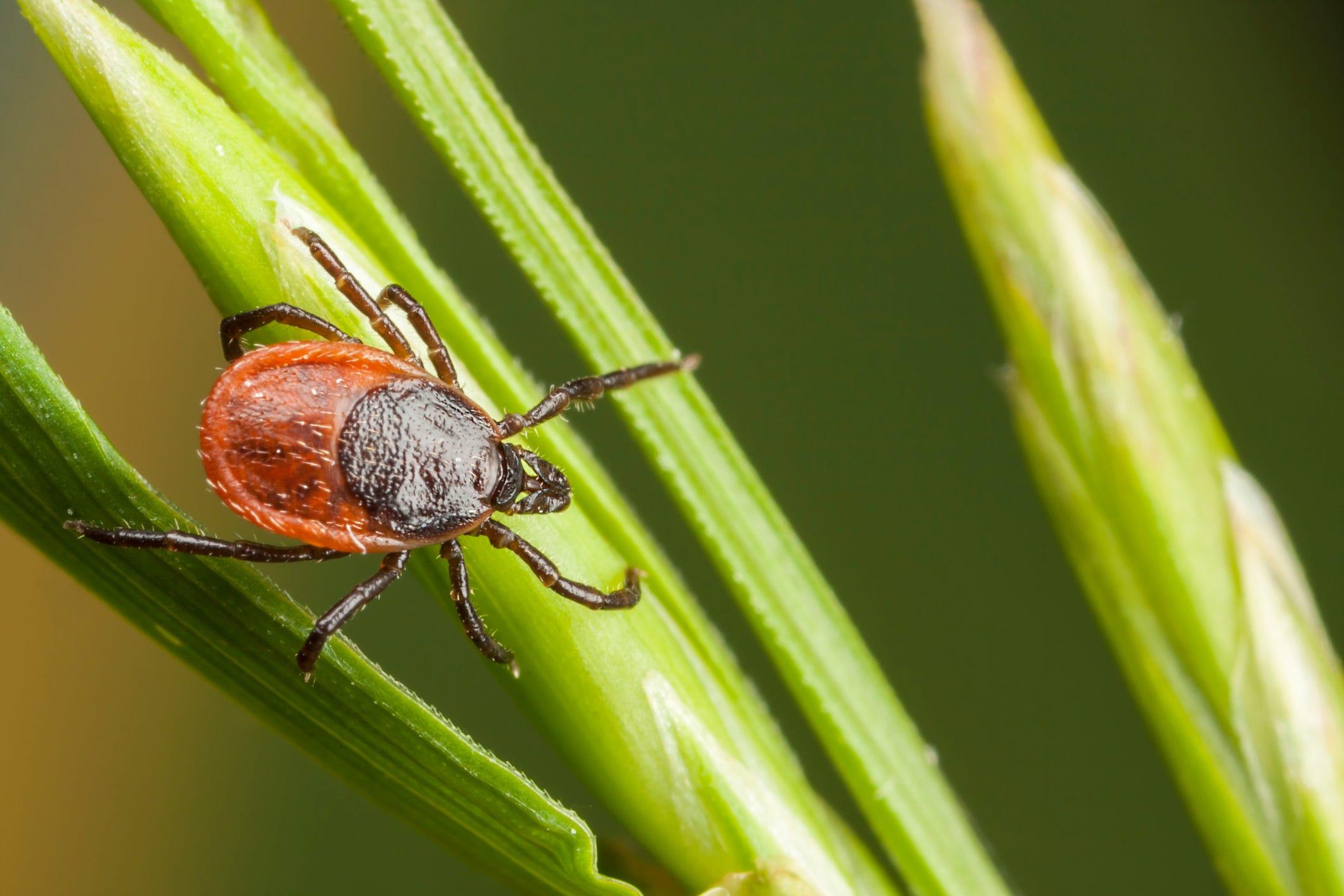
POWASSAN VIRUS CONFIRMED IN MASSACHUSETTS: WHAT YOU SHOULD KNOW AS TICK SEASON CONTINUES
A Massachusetts town has confirmed its first case of Powassan virus, a tick-borne disease that has become increasingly more common in humans.
A confirmed case of the disease has been reported in Sharon, Massachusetts, according to a release posted by the town on April 25, and the Sharon Health Department is warning residents to take precautions against contracting the disease. No information has been released about the infected person or their condition. Sharon is located in Norfolk County, about 25 miles south of Boston.
Powassan virus is rare, according to the Centers for Disease Control and Prevention, but the number of reported cases has increased in recent years. The virus is spread through a tick bite.
Start the day smarter. Get all the news you need in your inbox each morning.
Ticks are generally more active around this time of year, according to the CDC. Exposure to the insects can occur year-round, but they are most active during warmer months from April to September.
Here's what to know about Powassan virus.
What is Powassan virus?
Powassan virus is spread to people through a bite from an infected tick. Although the virus is till rare, according to the CDC, the number of reported cases of people sick from the virus has increased in recent years. It does not spread through coughing, sneezing or touching, but in rare cases, it has spread person-to-person through a blood transfusion.
Most cases of Powassan virus in the U.S. are in the Northeast and Great Lakes regions and are found from late spring through mid-fall, when ticks are most active.
Powassan virus is named after Powassan, Ontario in Canada, where it was first discovered in 1958, according to the Minnesota Department of Health.
What are the symptoms of Powassan virus?
Most people infected with Powassan virus do not have symptoms, the CDC says, but people with symptoms can begin to experience them from a week to a month after the tick bite.
Initial symptoms can include fever, headache, vomiting and weakness. In some cases, Powassan virus can cause severe disease including encephalitis, an infection of the brain, or meningitis, an infection of membranes around the brain and spinal cord.
Someone with severe disease can experience confusion, loss of coordination, difficulty speaking and seizures, and the CDC says approximately one in 10 people with severe disease die.
Approximately half the people with severe disease can have long-term health problems, including recurring headaches, loss of muscle mass and strength and memory problems.
There are no vaccines that can prevent Powassan virus or medicines to treat the disease. The CDC recommends people to avoid ticks to reduce risk of infection.
Where to find ticks, how to spot them
Ticks are often found in grassy, brushy or wooded areas, and can also live on animals. They can also be found in yards or neighborhoods, the CDC says.
In order to avoid contact with ticks, avoid wooded and brushy areas with high grass and leaf litter, and walk in the center of trails. The CDC also recommends to treat clothing and gear with products containing 0.5% permethrin, and to use Environmental Protection Agency-registered insect repellents.
After you come in from outdoors, the CDC recommends to check your clothing for ticks and to remove any that are found. You can kill them by tumble drying clothes in a dryer on high heat for 10 minutes. If you need to wash clothes, use hot water first.
You should also conduct a full body check after coming in from outdoors, and to check the following areas:
- Under the arms
- In and around the ears
- Inside the belly button
- Back of the knees
- In and around the hair
- Between the legs
- Around the waist
This article originally appeared on USA TODAY: Powassan virus confirmed in Massachusetts: What you should know as tick season continues
2024-04-29T15:55:52Z dg43tfdfdgfd